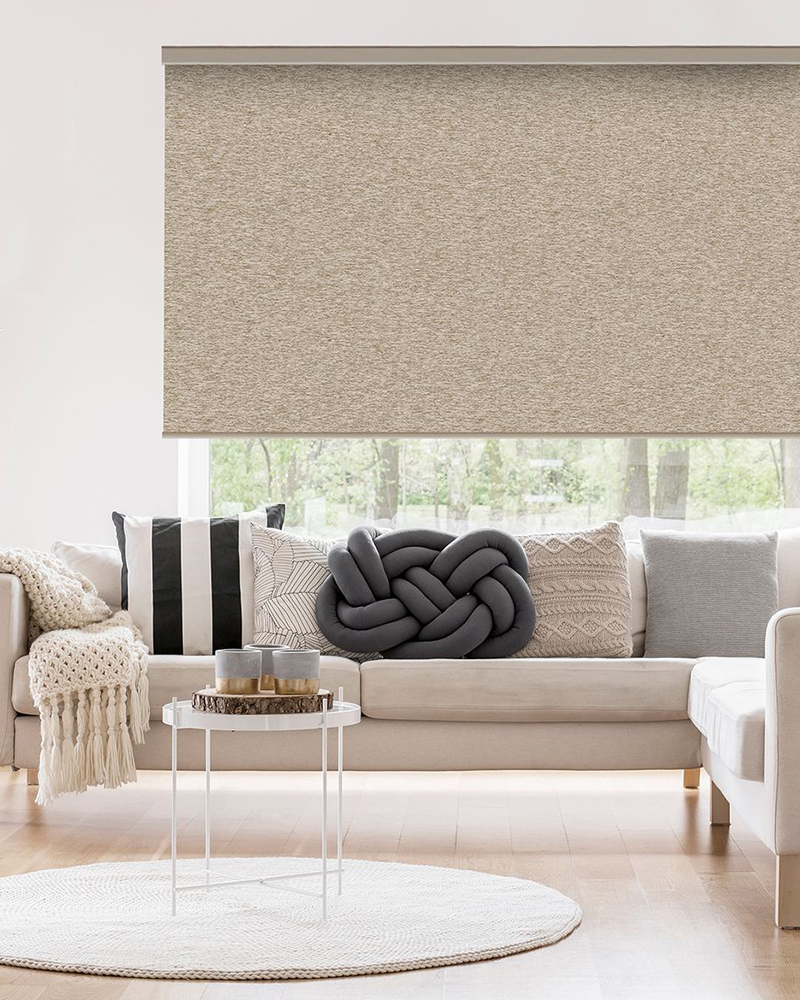
The thermal insulation and energy-saving effects of ROLLER BLIND FABRIC play an important role in color and surface treatment. Choosing the right color and surface treatment can significantly affect indoor temperature and energy consumption.
The color of the roller blind fabric directly affects its ability to reflect sunlight. Light-colored fabrics (such as white, beige and light gray) usually have high reflectivity, which can effectively reflect most of the sunlight and reduce heat absorption. This is especially important in the summer to help keep the interior cooler, thus reducing the frequency of air conditioning use and energy consumption. In contrast, dark-colored fabrics (such as black or dark blue) absorb more heat, which may cause the indoor temperature to rise and increase the cooling burden.
In winter, although light-colored fabrics are lacking in thermal insulation performance, they have strong thermal radiation capabilities and can effectively reflect the heat generated indoors back into the room to keep them warm. Dark fabrics may be better at absorbing heat from sunlight at this time, but attention should be paid to their overall energy efficiency.
Reflective coating: Modern roller shutter fabrics often use special reflective coatings, which can enhance the reflective ability of the fabric. Aluminum foil or metallized coatings can significantly increase the reflectivity of fabrics and reduce heat transmission. This type of surface treatment is particularly effective in hot climates, lowering indoor temperatures and reducing the burden on air conditioning.
Some high-performance roller shutter fabric designs include thermal insulation, often in a multi-layer structure, which effectively reduces heat transfer through the presence of air layers. The choice of surface coating can further enhance this effect. For example, roller blinds containing thermal insulation materials can provide better protection during hot summer months and keep the indoor temperature stable.
Although this has little to do with insulation directly, good surface treatment can prevent moisture and dirt from penetrating, keeping the roller shutter fabric clean and performing well. While maintaining a good appearance, it also ensures that the thermal insulation properties of the fabric are not affected.
When selecting roller shutter fabrics, in addition to considering color and surface treatment, you should also consider comprehensively based on the actual application environment. For example, in a south-facing window with strong sunlight, it may be more appropriate to choose a light-colored, highly reflective fabric. And in winter, when more heat is needed, dark fabrics or designs containing insulation may be more effective.
Color and surface treatment play a key role in the thermal insulation and energy-saving effects of roller shutter fabrics. Reasonable selection can help consumers improve the comfort of their living environment and effectively reduce energy consumption.
